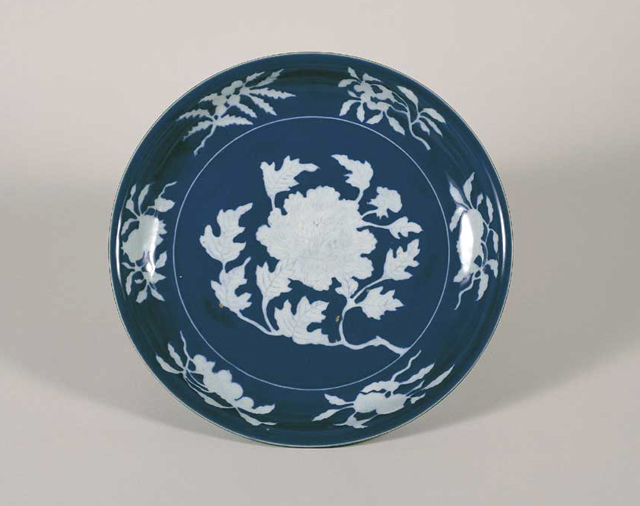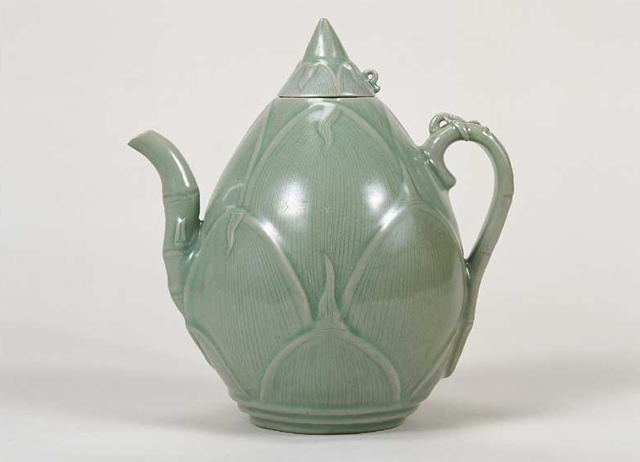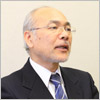The Ataka Collection, which The Museum of Oriental Ceramics, Osaka takes such pride in showing to the world, was donated by the Sumitomo Group. Mr. Tetsuro Degawa, Director of The Museum of Oriental Ceramics, Osaka and Ms. Shigeko Shigetomi, a curator of The Museum of Oriental Ceramics, Osaka discuss what makes the Ataka Collection so special. (Interviewed by Teruaki Sueoka, Deputy Director of Sumitomo Historical Archives)
(Affiliations and titles are of the persons mentioned in the article are as of the time of publication.)

 EN
EN









